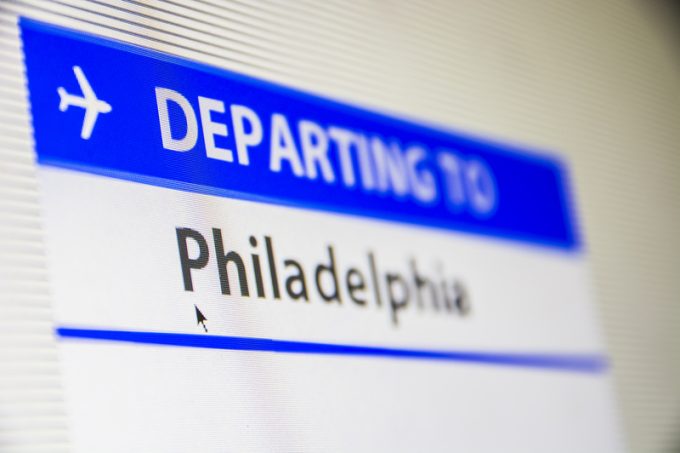'One FedEx' (+9.5%) greatness stands out
At full throttle
TSLA: OVERWHELMING SUPPORTCHRW: SHORT INTERESTDHL: REFLECTING ON GUIDANCEDHL: EXPRESS FOCUSDHL: FORWARDING UPSIDEMAERSK: FAILED BOUNCEATSG: DOWN AGAINMAERSK: RATES JOY AND PAINR: INVESTOR DAY AND HIGHER RETURNSWMT: PRICES ON WATCHTSLA: CEO PAY PACKAGECAT: STRONGDHL: SPOTTING TRENDSAAPL: ANOTHER HIGH
TSLA: OVERWHELMING SUPPORTCHRW: SHORT INTERESTDHL: REFLECTING ON GUIDANCEDHL: EXPRESS FOCUSDHL: FORWARDING UPSIDEMAERSK: FAILED BOUNCEATSG: DOWN AGAINMAERSK: RATES JOY AND PAINR: INVESTOR DAY AND HIGHER RETURNSWMT: PRICES ON WATCHTSLA: CEO PAY PACKAGECAT: STRONGDHL: SPOTTING TRENDSAAPL: ANOTHER HIGH

Philadelphia International Airport (PHL) has a significant amount of cargo in its catchment area to tap, and airport management has set the controls to garner a larger portion of this bonanza.
Kate Sullivan, chief commercial officer, pointed to a diversified base of shippers, which includes optical and surgical medical equipment, electrical machinery, computers and high-tech equipment, plastics, chemical products, and spacecraft parts. Of particular promise are a large and expanding life sciences and pharma sector and the semiconductor industry, which is showing significant growth in the area.
Most of the region’s airfreight moves by truck to other gateways. Only about 9% of it is flown in and out of PHL, according to the airport authority.
Last year 522,642 tons of cargo moved through the airport. The lions’ share – 484,329 tons – was freight. Volumes were affected in the latter half of the year by changes made by the US Postal Service to its domestic and international air transport. However, airport management expects to see a boost there as UPS has become the primary carrier for the postal agency. PHL is the integrator’s regional hub for the east coast.
To capture a larger slice of the region’s airfreight, it is important for the airport to have a seat at the table rather than content itself with being a landlord, said Nicole Maddox, assistant director, air service development and cargo services. A major conduit for the airport and the stakeholders to communicate and develop strategic plans is the air cargo council, which convenes on a quarterly basis.
The airport’s involvement extends well beyond communication with stakeholders. It has engaged air cargo developer AFCO to build a 150,000 sq ft cargo building to boost its current cargo footprint of 451,000 sq ft. The development includes the creation of an adjacent ramp with parking positions for 20 cargo aircraft.
A second cargo building, with a footprint of 261,000 sq ft, is going up on airport property just outside the perimeter fence. Both cargo terminals are expected to be online by late 2026, according to Ms Maddox.
PHL has also moved to facilitate information flow between the stakeholders, signing up with Kale Logistics to establish a cargo community system.
This could be a significant building block in the development of pharma traffic, which is a central plank in the airport’s development strategy. Both up and coming cargo buildings will have temperature-controlled zones to handle this type of business. As for prospective tenants of the new facilities, PHL is looking to handlers who have experience in dealing with healthcare shipments and who should have the requisite credentials – either CEIV or GDP certification, ideally both, Ms Maddox said.
The cargo community system could serve as a catalyst for the establishment of pharma corridors. Communication with other airports has indicated lively interest in this concept, Ms Maddox said.
It should help that PHL has direct connections to European pharma gateways like Zurich, Amsterdam and London. These are largely courtesy of American Airlines, which uses the airport as a major gateway for transatlantic flights.
Looking to the future, Ms Sullivan is eager to expand PHL’s network to other regions, notably to Asia and Latin America. She added that the airport is offering incentives for new cargo routes – within the US and internationally – as well as for new cargo carriers and increased frequency on existing cargo routes.
Comment on this article